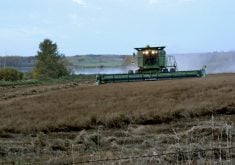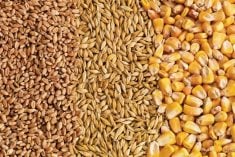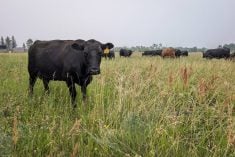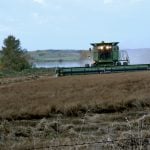Alberta packers were buying fed cattle in the range of $119 to $120 per hundredweight (cwt) last week, which caused feeder cattle to advance by $2-$3/cwt on average across Western Canada.
Feeding margins are now hovering near break-even and it appears feedlot managers have more optimism for the spring period. Auction market volumes were noticeably lower, which is typical for this time of year. Barley prices in southern Alberta were up $2 per tonne, reaching $280 delivered feedlot for nearby delivery, but this did not temper buying enthusiasm. April live cattle futures made new contract highs on Friday setting a positive tone moving in the final week of 2012.
Read Also
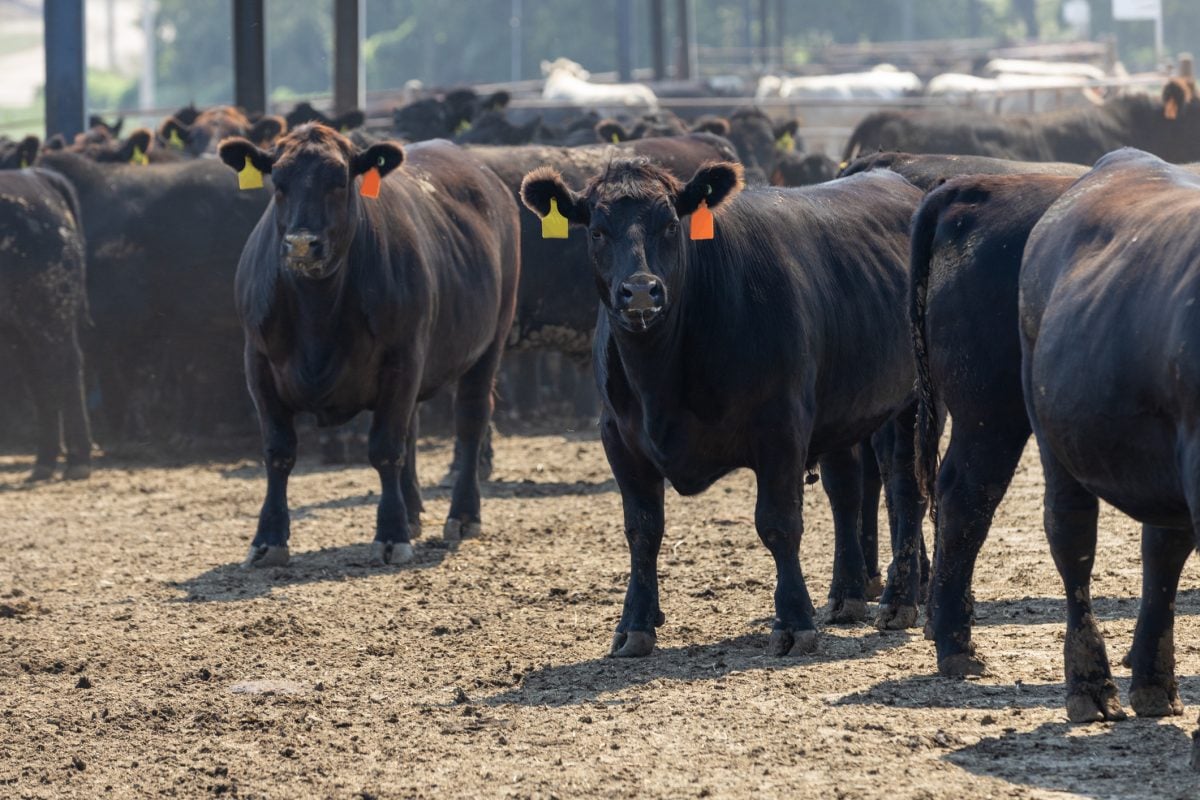
U.S. livestock: Cattle futures mixed
Cattle futures on the Chicago Mercantile Exchange were mixed on Thursday, after dropping sharply the previous session. The December live…
A small group of red Angus-cross steers weighing 450 pounds sold for $181/cwt in east-central Alberta. Larger-frame exotic steers weighing 523 lbs. sold for $159/cwt at the same sale. In southern Alberta, a smaller group of green Charolais-cross steers weighing 760 lbs. were quoted at $140/cwt landed in the feedlot. Heifers were reflecting a larger discount to steers this week. Black heifers weighing 653 lbs. were reported at $131/cwt landed in southern Alberta from Manitoba origin. Exotic heifers weighing 750 lbs. sold for $126/cwt at destination in Lethbridge area.
Cow-calf pairs are very reasonably priced, selling in the range of $1,500 to $1,800 just north of Calgary. Next fall, I’m expecting a collapse in the feedgrain complex as U.S. corn production could reach all-time records given current acreage projections. I’ve heard of bred cows selling for just over $1,000 and these cows are going to be very precious next spring.
Year-to-date feeder cattle exports to the U.S. are up nearly 80 per cent over last year and stronger demand from the U.S. will also underpin Canadian values. In the U.S. southern Plains, there will be a counter-seasonal shortage of feeder cattle in January and February due to the extreme dry conditions in the hard red winter wheat belt, mainly in Kansas. These feeders were sold earlier due to limited grazing opportunities.
The feeder market has some momentum moving into the late winter period and I wouldn’t be surprised to see the market rally $10/cwt by early March. Stronger fed cattle prices will be the main factor leading feeders higher. Western Canada has lower on-feed numbers and the domestic fed market needs to secure supplies and may trade at a premium to the U.S. market.
— Jerry Klassen is a commodity market analyst in Winnipeg and maintains an interest in the family feedlot in southern Alberta. He writes an in-depth biweekly commentary, Canadian Feedlot and Cattle Market Analysis, for feedlot operators in Canada. He can be reached by email at [email protected] for questions or comments.




